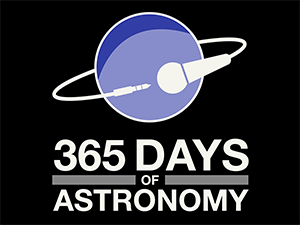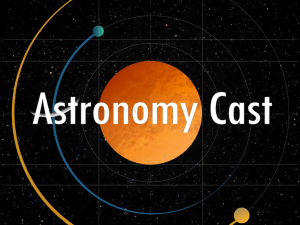
Russia Launches Classified Satellite
On June 25, the Russian Space Forces launched a Soyuz 2.1b with the Pion-NKS satellite into orbit from the Plesetsk Cosmodrome in northern Russia.

Suborbital Rocket Launches With Student-Made Payloads
On June 25, a suborbital sounding rocket, full of student-made payloads, was launched from the Wallops Flight Facility in Virginia.

Asteroid Day: Your Reminder to Look Up and Watch Out
June 30 is a UN-sanctioned event called Asteroid Day that is held every year to make the Tunguska Event of 1908 and raise awareness of potential asteroid danger.

Polar Subsurface “Lakes” May Not Be Water After All
Subsurface lakes beneath the south pole of Mars once thought to be liquid water may actually be clays, metallic minerals, or salty ice.

Two Black Hole-Neutron Star Mergers Detected
Introducing GW200105 and GW200115, two gravitational wave detections, just ten days apart, that originated from the mergers of pairs of black holes and neutron stars.

Planet Photobombs Images of Inner Sibling World
While studying a known planet orbiting the star Nu2 Lupi, a weird dip in brightness was observed that turned out to be an additional planet in the system.

Third Type of Supernova Observed: Electron Capture
A new type of supernova has been observed that involves electron capture collapse, where the ionized gas in a collapsed core captures all the free electrons.

Chemistry to Blame for Indonesia’s Deadly Volcanoes
Researches have studied the chemical mix of magma beneath Merapi volcano in Indonesia and found large amounts of carbon dioxide and water.

Cosmic Archeology Reveals Stars Formed at T+250 Million Years
In a fascinating new paper, astronomers have done an archeological dig through the light of the most distant known galaxies to try and understand the ages of the stars in this old light.

Dinosaurs in the Arctic: Not Just a B-Movie
New research examines fossils from a region of Alaska that was near the North Pole when dinosaurs thrived, and they demonstrate that at least seven species of large and small dinosaurs were likely living year-round in this arctic region.






